THE REMAINS OF THE TITANIC IS BEING DEVOURED AND IT COULD DISAPPEAR
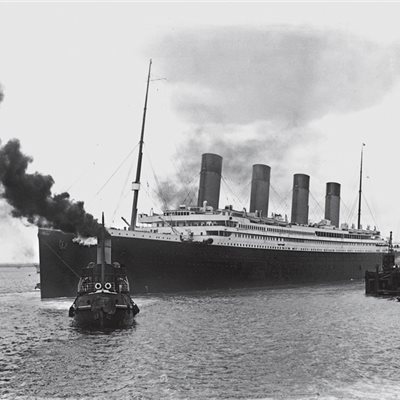
Since the Titanic's remains were discovered, hundreds of objects from the famous ship have been recovered. Remains that now rest in several museums of the world and that maintain the memory of the most famous transatlantic on the planet. It seems that what is left of the ship is about to disappear.
On September 1, 1985 oceanographer Robert Ballard discovered the wreck of the Titanic. The man had found an almost 4 thousand meters (3,8) deep in the bottom of the North Atlantic the pieces of a historical construction, of a milestone of the engineer as was the Titanic.
Although few knew it then, what discovery was made due to the participation of Ballard in a secret mission of the United States Navy. The remains of two submarines have been sunk during the Cold War allowed to find the Titanic between both shipwrecks.
At the time of the initial discovery the ship was remarkably preserved. The lack of light and intense pressures meant that the area was in most types of "life", which sometimes braking corrosion. But of that more than 30 years ago, the time in which the helmet has been oxidized by the bacteria that chew the metal.
For this reason, some researchers say that in 14 years will remain what is left of the Titanic will disappear.
The Titanic's bacterium
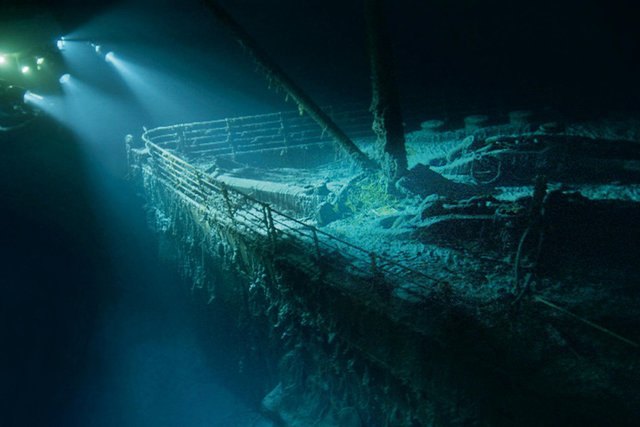
In 1991 a group of scientists in Canada collected samples of strange formations that hung from the ship. After the analyzes in the laboratory they saw that they were full of life. Almost 20 years later, in 2010, another group of scientists identified what kind of life that was.
The researchers isolated a species of bacteria, and it turned out to be completely new to science. One that was named Halomonas titanicae in honor of the ship. The bacteria was described as a microorganism that easily adheres to steel surfaces creating rust projections. In addition, it is believed that it works in conjunction with other organisms to accelerate corrosion.
The amazing thing is that bacteria can survive in conditions that are completely inhospitable to most life on Earth, such as high pressures. But he has also inherited another even more amazing trick. Halomonas bacteria are often found living in another type of extreme environment: the salt marshes. Here, the salinity of the water can vary dramatically due to evaporation, and the Halomonas bacteria have evolved to cope with the problem.
The truth is that if the water where the cells bathe is too salty, the water will run out of the cells. Surely it sounds to you if we talk about osmosis. It is a physical phenomenon related to the movement of a solvent through a semipermeable membrane. This behavior supposes a simple diffusion through the membrane, without energy expenditure. The osmosis of water is a very important biological phenomenon for the cellular metabolism of living beings.
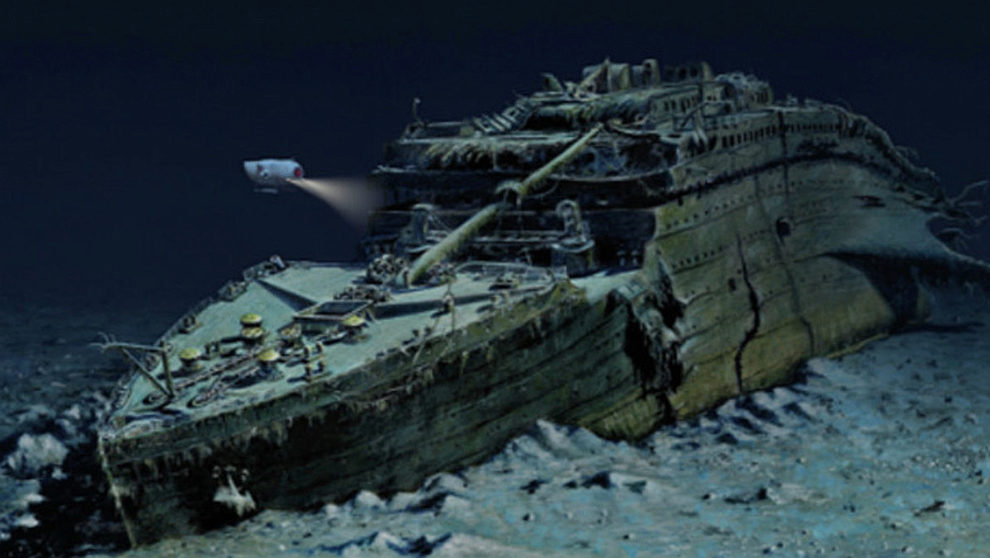
The salts, sugars and other small molecules dissolve in the water, clog and occupy space, which means there is less space for the water itself. When these areas of low concentration of water come into contact with pure water, the water will rush to equalize the balance in the same way that hot air comes out of a house in winter when the door is opened.
As cell membranes are permeable to water, this means that all life forms are extremely sensitive to external and internal saline levels. To prevent their cells from exploding or contracting, many species produce compounds such as sugars or amino acids that maintain the concentration of stable "matter" within their cells relative to the outside (stopping water).
However, there are not many organisms that can do it to the extent that bacteria do. And here comes another surprising thing about these bacteria: they can survive in such extreme and variable conditions through a molecule or natural component called ectoine with which it is protected from osmotic pressure.
Put another way, the more salty the water is, the more ectoin bacteria produce inside their cells to keep the water from running away. But, and here comes the interesting part, this adaptation can be dangerous for an organism, since the more "things" accumulate inside a cell, the more the unique properties of the water will be altered.
Why is it bad?
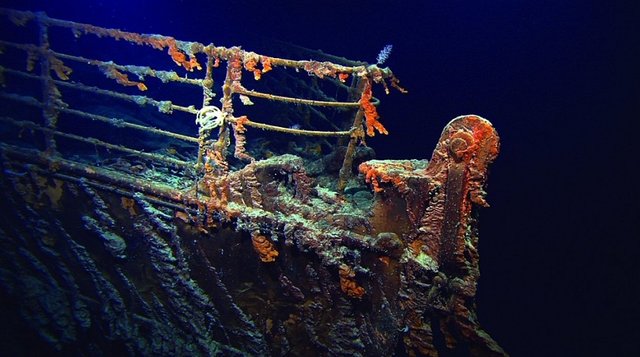
Because if water is so necessary for life, it is precisely because of its unique bonds between its atoms, those that allow it to act as a solvent (and with which other chemicals can dissolve in it and react together). The reactions of life have to take place in a solution, so all our cells are bathed in liquid water.
Not only that, the RNA and DNA, the proteins and enzymes responsible for carrying out the daily work of the cell or the membranes that give them a structure, all need to be surrounded by a layer of water to function. Therefore, if this process is interrupted, then the proteins could fall apart, which would eventually kill the cell.
Since these bacteria are able to accumulate extremely high concentrations of ectoin within their cells (the study found that Halomonas produces so much ectoin that represents 20% of its mass), the molecule must, in some way, leave or remove these important properties of water on the road.
Bacteria and microorganisms in shipwrecks
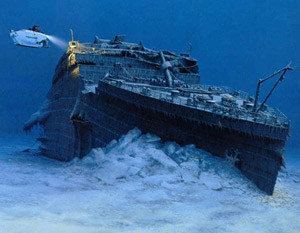
The truth is that H. titanicae is not the only bacterium that loves to inhabit shipwrecks. There are several types of microbes that can colonize a shipwreck almost immediately after the ship stops on the seabed. When they do, they build sticky films on all the surfaces that are available called "biofilms." These biofilms are like a refuge for corals and molluscs that in turn attract larger animals.
For this reason, in a very short time a shipwreck becomes a kind of artificial reef, home to a plethora of life. This is well known to scientists as a result of a study that took place in 2014. It was the largest investigation to date on the world of microorganisms that abound in shipwrecks.
The truth is that H. titanicae is not the only bacterium that loves to inhabit shipwrecks. There are several types of microbes that can colonize to shipwreck almost immediately after the ship stops on the seabed. When they do, they build sticky films on all surfaces that are available called "biofilms." These biofilms are like a refuge for corals and molluscs that in turn attract larger animals.
For this reason, in a very short time a shipwreck becomes a kind of artificial reef, home to a plethora of life. This is well known to scientists as a result of a study that took place in 2014. It was the largest investigation to date on the world of microorganisms that abound in shipwrecks.
Rose.... scoot over this water is freezing!!! lol, seriously though this is not good that is a huge part of history in many ways... no other vessel in the history of the world in my opinion has more popularity than the Titanic.. great post btw, upvoted and followed